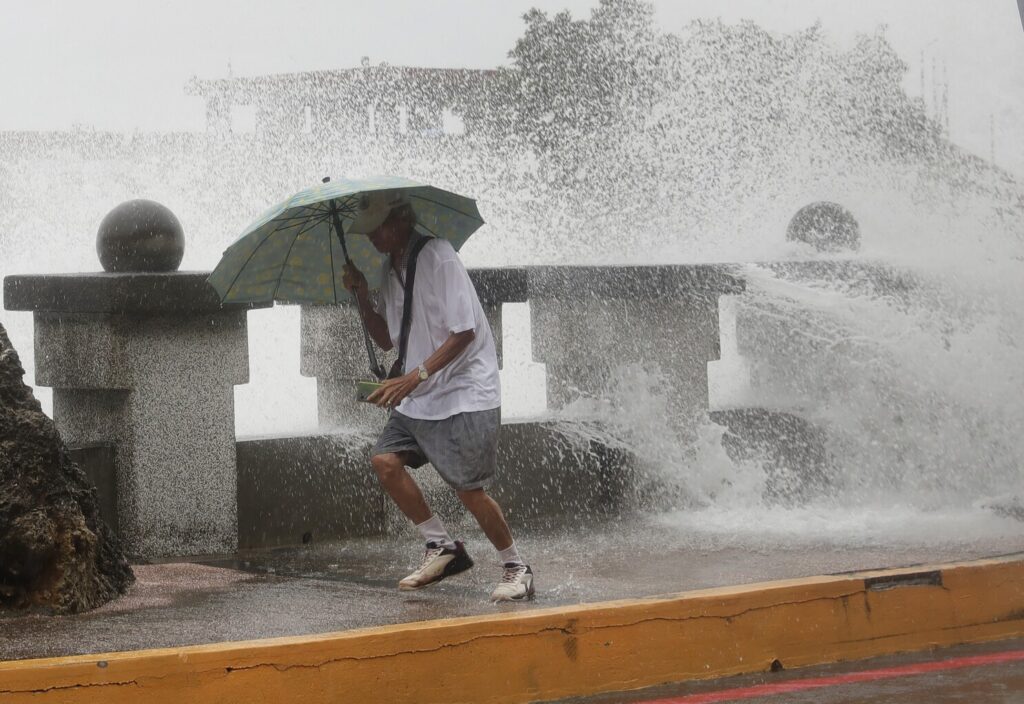Vietnam evacuated tens of thousands of residents from coastal provinces on Monday as Typhoon Kajiki approached, threatening the country’s central belt with destructive winds and heavy rainfall.
The typhoon, the fifth to strike Vietnam this year, is currently swirling over the Gulf of Tonkin, whipping up waves as high as 9.5 metres (31 feet). Forecasters expect it to make landfall around 3:00 pm (0800 GMT) with sustained winds of up to 139 kilometres per hour (86 mph).
Authorities have ordered the evacuation of more than 325,500 residents from five coastal provinces, moving families into schools and public buildings converted into temporary shelters. In Vinh, a waterfront city already flooded by overnight downpours, streets lay empty as shops shuttered and business owners fortified their properties with sandbags.
By dawn, nearly 30,000 people had been relocated while 16,000 military personnel were deployed to assist with emergency operations. Two domestic airports were closed, and all fishing boats in the typhoon’s path were recalled to port.
“I have never heard of a typhoon of this big scale coming to our city,” said 66-year-old evacuee Le Manh Tung, who was sheltering in a Vinh sports stadium. “I am a bit scared, but then we have to accept it because it’s nature — we cannot do anything.”
Officials have warned of dangerous flooding and flash floods as torrential rains continue into Tuesday. “With that huge rainfall, risks for floodings and flash floods on rivers are very high,” said Mai Van Khiem, director of the National Center for Hydro-Meteorological Forecasting.
Scientists have linked increasingly severe storms in Southeast Asia to climate change, which is intensifying weather patterns in the tropics. “Normally we get storms and flooding, but never this big,” said 52-year-old evacuee Nguyen Thi Nhan.
Although Kajiki’s strength is expected to weaken after landfall due to reduced ocean heat, authorities remain on high alert. The Joint Typhoon Warning Center said signs already indicate a “weakening trend” as it approaches the continental shelf.
Natural disasters have killed or left missing more than 100 people in Vietnam in the first seven months of 2025, with economic losses topping $21 million. The country is still reeling from Typhoon Yagi last September, which caused $3.3 billion in damage and hundreds of deaths.

